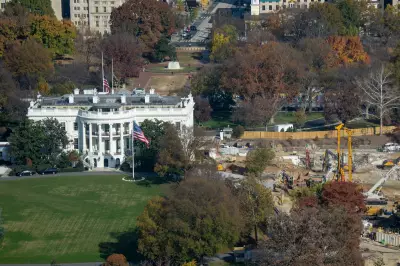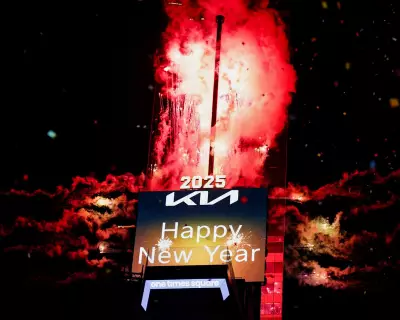
In a striking display of national rivalry, India and Pakistan have turned their iconic Attari-Wagah border ceremony into a battleground of flagpoles. The two nations are now locked in a competition to erect the tallest flagpole at the crossing, each attempting to outdo the other in a symbolic show of dominance.
A Ceremony Turned Competition
The daily flag-lowering ceremony at the Attari-Wagah border, long a symbol of both division and cooperation, has taken on a new dimension. What was once a carefully choreographed display of military precision and national pride has now become a race to build the most imposing flagpole.
The Height of National Pride
India recently raised its flag on a towering 360-foot pole, only for Pakistan to respond by installing an even taller 400-foot structure. This escalation has transformed the border area into a construction site, with cranes and workers becoming a permanent fixture alongside the traditionally uniformed soldiers.
Historical Context
The Attari-Wagah border crossing has been a flashpoint between the nuclear-armed neighbours since the partition of British India in 1947. The daily ceremony, which attracts thousands of spectators from both countries, has often served as a barometer of bilateral relations.
Public Reaction
While officials on both sides frame the flagpole competition as a matter of national prestige, some locals and analysts question the wisdom of such displays. "Instead of competing in flagpole heights, both nations should focus on lowering tensions," remarked one observer.
What's Next?
With neither side showing signs of backing down, the flagpole war appears set to continue. As the structures grow taller, concerns mount about the environmental impact and the message this sends about the fragile relationship between the two countries.





